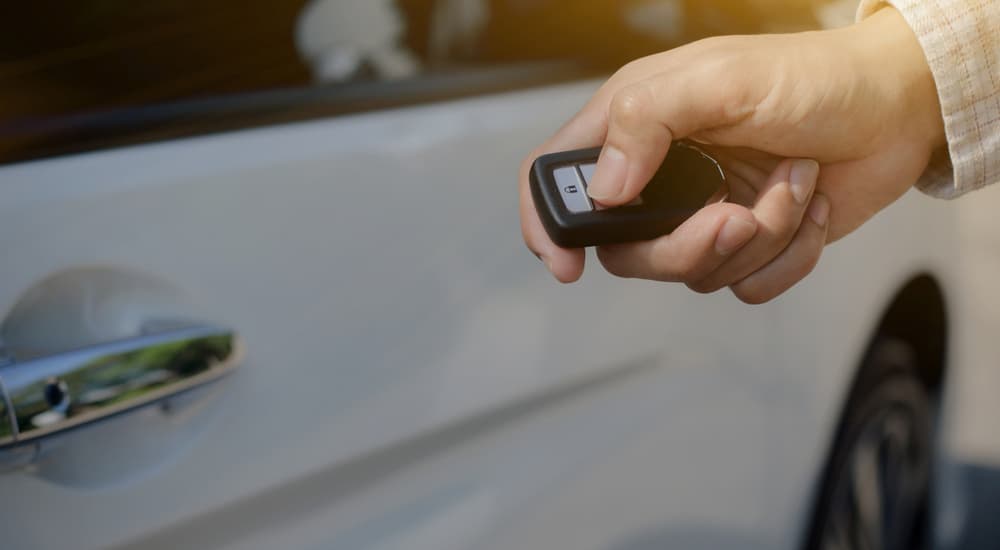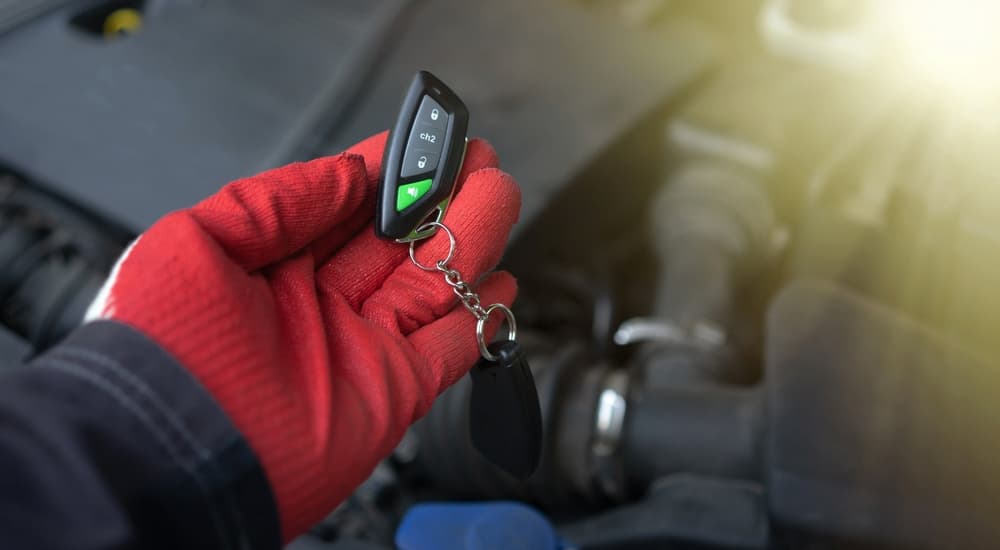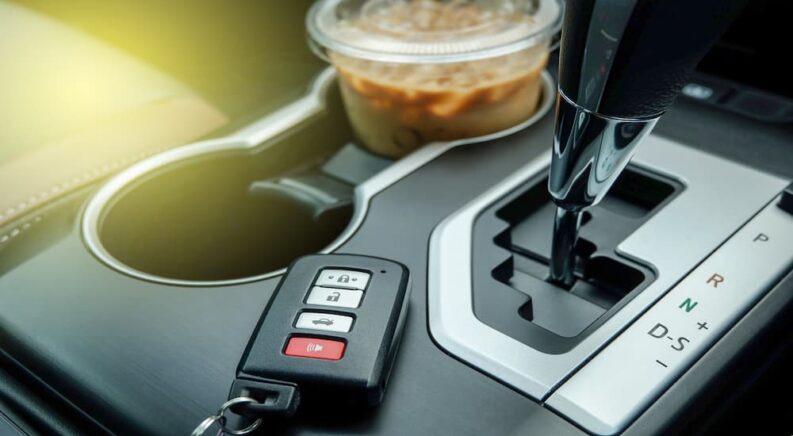For many of us, one of the great joys in life is working on our vehicles to either maintain them or add new features that let us customize our rides to offer everything we want. There’s no shortage of ways to add new features to your vehicle, and while some of them are quite simple, others require more work and know-how. If you’re interested in adding a remote start system to your vehicle, you should know that it lands squarely in that latter section. There’s undeniable convenience to starting your vehicle remotely with the push of a button, particularly when you’re inside on a cold winter morning. But it’s something that you need to do properly, and it involves a fair amount of electrical work, so make sure you’re ready for it.
DIY, but Not for Beginners
Working on your vehicle is a lot of fun, but installing a remote start system is much more involved than changing your oil or rotating your tires. This is not a plug-and-play type of component. Installing it will involve accessing your vehicle’s electrical system and directly modifying it. Mistakes in this kind of installation can seriously damage your vehicle, void your warranty coverage, or even create the risk of a catastrophic electric fire at some point in the future. This is not something to mess around with if you’ve never done this kind of work before.
You need experience working with electrical systems, wiring, and specifically 12-volt electronics. If that’s not you, then this is not something you want to tackle. There are better projects to start with, and you can look online for some good ways to learn about doing 12-volt work. There’s no shame in realizing you’re in over your head. You can save a few hundred bucks by installing a remote start system instead of paying someone to do it for you, but the cost of a mistake with your vehicle’s electrical system is much greater.
Choose the Right Remote Start System
Let’s assume you have some experience with 12-volt projects and working on electrical systems. The first thing you’ll want to do is make sure you choose a remote start system that will work with your vehicle. Not every system sold as an aftermarket accessory works with every car, truck, and SUV out there, so take some time to look at what each set is compatible with. Make sure it will work with your specific make and model. If you can’t find this information, contact the company that makes the remote start system or keep looking for a different one that makes it clear it will work with your vehicle.
We should also mention that you shouldn’t install this kind of system on a vehicle with a manual transmission. Even if the maker of the remote start system says it works with a manual transmission, you still shouldn’t do it. If they say it works with one, that’s a serious red flag to avoid that brand. A manual transmission lets you start the vehicle while it’s in gear, not neutral, making it possible that the vehicle will move without a driver inside to control it. Most professional shops won’t install a remote start system in a vehicle with a manual for this reason. The risk isn’t worth it.
Finally, make sure you choose a remote start system from a reliable brand. This might take a little extra time, and you might spend more on a system from a good company, but it’s absolutely worth it. Remember that the system you install will connect directly to your vehicle’s electrical system, and it’s not something you want to skimp on. Choose a good manufacturer and a model that specifically works with your vehicle.

Have the Tools You Need
Once you have all that sorted, it’s time to ensure you’re ready to install it. If you order a remote start system online, you can do this while waiting for delivery. First, find the wiring information and diagrams for your vehicle. Some websites provide this information accurately or refer to a repair manual. You want to print this out and study it thoroughly.
You’ll need several tools, too, including screwdrivers to get access to the wiring in your vehicle, a utility knife, wire cutters, wire strippers, and more. I suggest a soldering iron and solder to connect wires. Using crimp connectors can be tempting, but don’t do it. If you’re putting in the effort to install a remote start system in your vehicle, do it right by soldering wires together. You also want a digital multimeter to test the wires before you install the system into your vehicle. This will not only help you identify what purpose the wires serve but also help you troubleshoot the remote start system if it doesn’t work correctly. If you don’t already have a multimeter, consider that you might not have the experience to tackle this project.
Do the Installation Properly
Before anything else, read the installation instructions a couple of times to be safe. We can’t tell you exactly how to do this because the specifics will depend on your vehicle’s make and model and the remote start system you choose, though certain things tend to be the same. Disconnect the battery to keep yourself safe and make sure nothing shorts out during the installation process. You’ll need to get to the wiring under your steering column, so be ready to remove the kick panel, knee bolster, steering column cover, and other components to get to the wiring. You’ll then need to use the wiring diagram you printed and identify each wire involved with the installation.
From there, you will connect multiple wires from the remote start system to different parts of your vehicle’s electrical system. This includes the ignition wires, accessory wires, starter wires, and more. You will need to screw a grounding wire into a safe spot away from other components. Ensure this grounding wire is secure and won’t interfere with moving parts or anything else. You’ll also have other connections to make, including parking lights, door locks, the horn, etc. The kit you choose will dictate how many different systems you need to connect to it. A security bypass will also be necessary, which is partly why you must ensure the system you buy is compatible with your vehicle.
Once everything is hooked up, you’ll want to thoroughly test everything before finally securing everything in place and closing up the panels in your vehicle. Reconnect the battery to test the new system and make sure all of its functions and features work properly.

Don’t Be Afraid to Leave It to a Pro
We can’t overstress just how bad a mistake when you’re working on your vehicle’s electrical system can be. There’s nothing quite like the feeling of getting your hands dirty, working on your vehicle, and knowing it better than anyone else. However, messing around with electrical systems should not be done lightly. This is true when it comes to DIY around the house, too. There are plenty of folks who work in trades like carpentry and drywall who will do home repairs on anything except electrical because they’re not about to risk something going wrong with that. If you have 12-volt experience, then go ahead and install a remote start system. Otherwise, let a shop you trust handle it for you.

